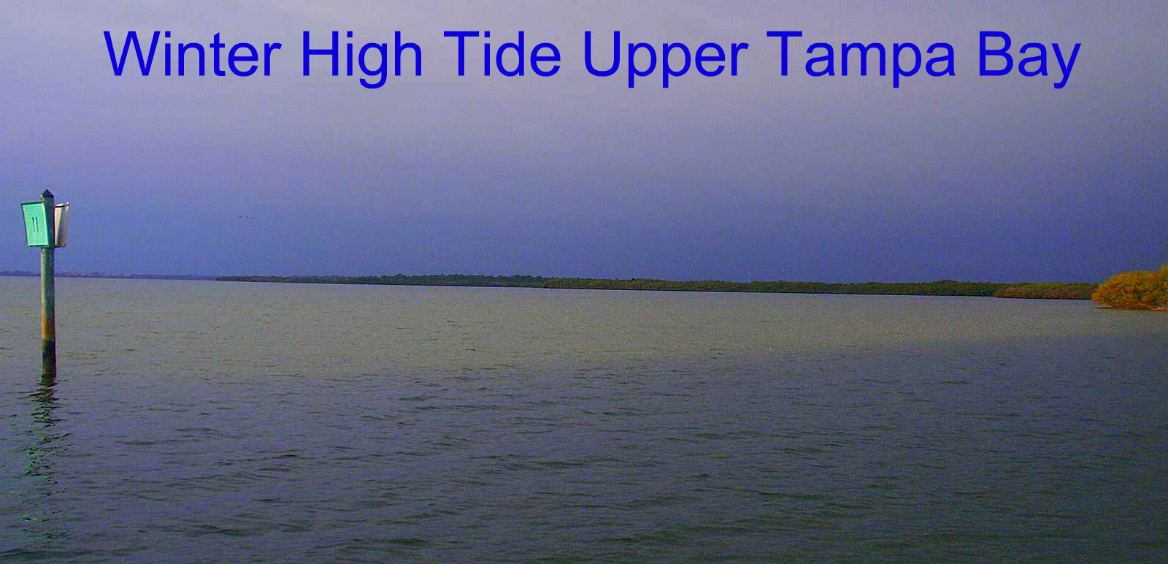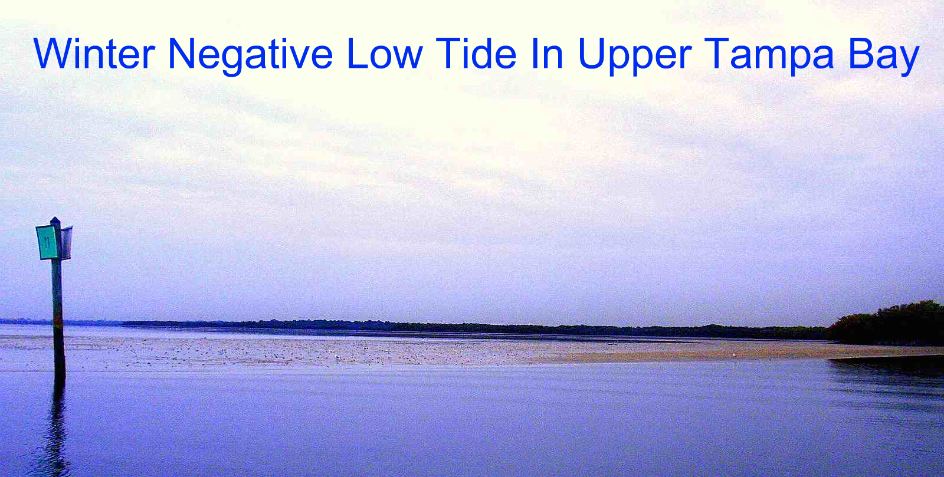Fishing Florida Gulf Coast Tides
Knowing how to fish Florida gulf coast tides is essential when targeting Florida gamefish. If you are going fishing in saltwater and want to catch fish, you must check the tides for your area.
Florida gulf coast tides effect the feeding habits of fish and where the fish will be located depending on the stage of the tide. Fish like to use the tide to their advantage in their hunt for food.
Many anglers argue about the effects the tide has on offshore species. Some prefer a slow moving tide or even a slack tide, this allows the bottom fisherman to present their bait more naturally. In my opinion the tide does effect offshore species somewhat but nothing like it effects the behavior of inshore fish.
Inshore species such as redfish, snook, trout and tarpon move from place to place depending on the tide phase. Many offshore species will stay in the same vicinity during any stage of the tide.
When fishing for snook and redfish on high tide you should concentrate your search very close to the shoreline (mangroves and grass). Most likely redfish and snook will be within 50 ft or so from the shoreline during the high tide stage. Many times they will be well under the mangroves almost out of reach. But during high tide, don't forget about potholes and just out in the open, fish can be anywhere.
Drifting the grass flats is a great way to target trout during the high tide phase. Look for grass flats near a pass or other areas where food might be plentiful.
The outgoing tide is the favorite tide phase for many fisherman. In this stage of the tide the fish move out from under the mangroves and into the potholes and other areas such as dropoffs, ledges and channels.
A good way to get a starting point during this stage of the tide is to look and see where the mullet are jumping. Use the mullet to get an idea how far out from the shoreline that the fish might be.
When fishing bridges during an outgoing tide, the fish will be upcurrent of the bridge waiting for an easy meal to pass by. Tarpon and snook are notorious for this.
At low tide you should change your approach to target cuts, passes, sandbars, potholes, the mouth of a canal or river, edges of flats and docks are also good choices. Low tide is a great opportunity to find the "Fish Highways" (deeper parts of a flat that hold water on low tides, fish often use these areas to move around the flat) of a particular flat, especially winter low tides.
When planning a day of saltwater fishing you must check the Florida gulf coast tides for your area if you want to consistently catch fish.
If you know where to target the species of fish you are after according to the stage of the tide, your chances of being able to catch them goes up substantially no matter what stage of the tide you are fishing. Finding where the fish are is the most important step to catching them.
Return to Florida Fishing Insider Home page

